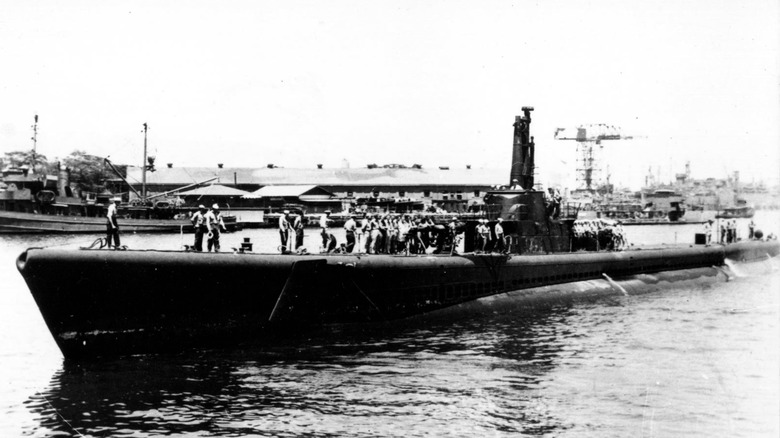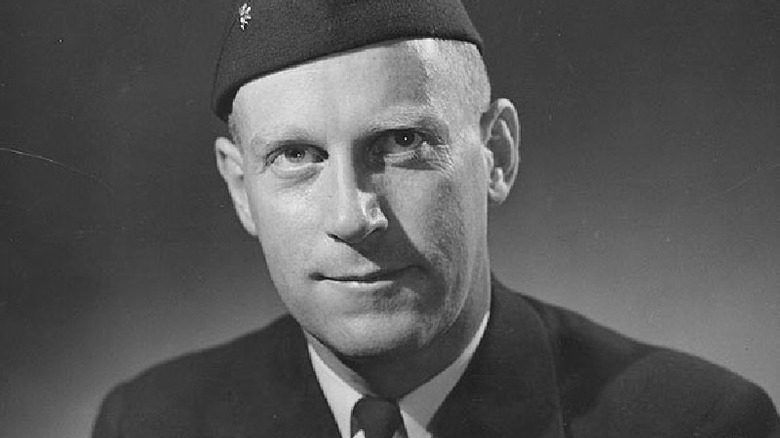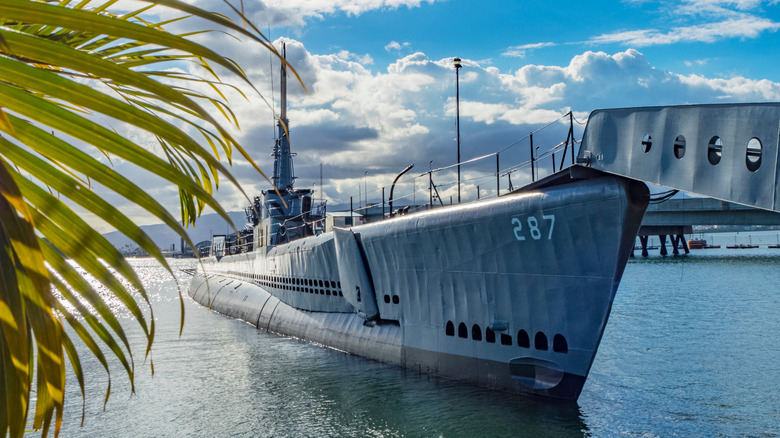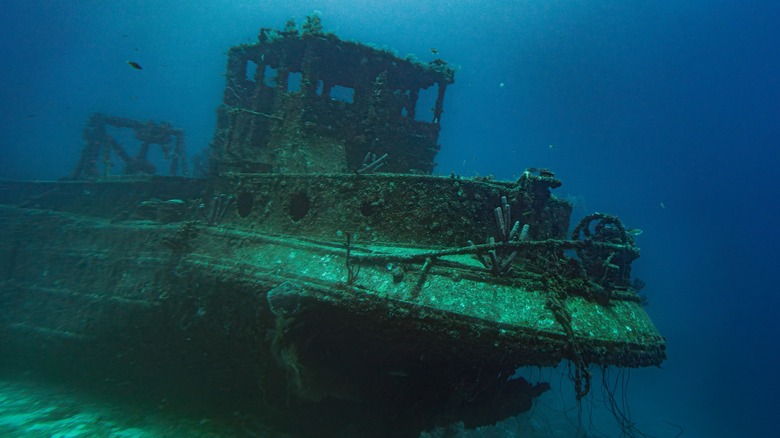USS Tang: How This Early Submarine Earned Its Fearsome Reputation - And Met Its Fate
Submarines are cool, there's no better way to put it. They're boats that travel underwater, and since military ones don't so much as have a single porthole, they use echo location to navigate. One of the more impressive United States submarines is the USS Tang from World War II.
In its first outing, the USS Tang sank five enemy ships with just 16 torpedoes. Submarines of the time might not have been as stealthy as modern submarines, but they were just as lethal. The very thought that the enemy could be lurking under the water had to be terrifying. It didn't see any combat during its second tour, but the crew of the submarine did manage to rescue 22 pilots shot out of the air.
This legendary submarine of World War II went on to earn multiple accolades, and became known as the most successful American submarine of WW2 before its tenure ended. Unfortunately, it didn't end its tour of duty in the most pleasant of ways, but still made a name for itself regardless of its conclusion.
The USS Tang had an excellent Captain
The U.S. Navy commissioned the USS Tang in October 1943, with Lieutenant Commander Richard H. O'Kane as its Captain. O'Hane had previously served on the USS Wahoo as its Executive Officer. The Wahoo was a submarine built for revenge after the attack on Pearl Harbor and saw a fair share of action across the globe. Service on the Wahoo earned O'Kane a Silver Star medal and two Gold Stars, as well as a letter of commendation from the Secretary of the Navy. Needless to say, the USS Tang had a competent Commander at the helm.
Throughout his service in the United States Navy, O'Kane received the Navy Cross with two gold stars, the Legion of Merit with Combat "V," the Purple Heart, the Prisoner of War Medal, and the big kahuna — the Medal of Honor. He worked his way up through the U.S. Navy ranks until he achieved the rank of Rear Admiral. He passed away in 1994, but his name and memory live on in the Navy aboard the USS O'Kane, an Arleigh Burke-Class guided-missile destroyer that calls San Diego, California its home.
The USS Tang made a name for itself in the Pacific theater
The Tang measured 287 feet long and could travel 20 knots on the surface and 18 knots while submerged thanks to its diesel engine and electric motors. The submarine went out on a total of five patrols between January and October 1944. It was a short yet memorable tenure. By its fourth patrol, the Tang had already sunk a total of 17 enemy ships, and earned a Presidential Citation.
It wasn't only known for its offensive capabilities. During its second patrol, there were no notable targets to intercept, so the Tang didn't see any combat. However, it did manage to rescue over two dozen naval airmen during an attack on a secret Japanese base in Truk. Its third patrol, however, proved to be one of the most explosive for American submarines in World War II. That's where it sank four Japanese ships: Tamahoko Maru, Tainan Maru, Nasusan Maru, and Kennichi Maru — all in a single encounter.
Before the Tang went out on its fifth war patrol, it returned to Pearl Harbor in Hawaii for a refit and repairs. The crew couldn't have foreseen that when they set sail in October 1944 that it was going to be their last endeavor.
How the USS Tang sunk
The USS Tang's fifth and final war patrol was filled with more chaos than most people see in lifetime. In its second to last day at sea, the Tang encountered a large Japanese convoy that included three tankers, a transport, a freighter, and several escorts. The American submarine let loose multiple torpedoes, while two tankers attempted to ram the Tang. Since the waters were too shallow to dive, the Commander had to think fast. The submarine managed to maneuver out of the way, forcing the two tankers to collide with one another. The Tang then ran for deeper waters as a destroyer was closing on their location, leaving several ships to sink in the aftermath.
The Tang's last encounter with battle took place the following morning. It came across another convoy and positioned itself to do what it did best: Sink enemy vessels. This battle would end up exhausting the Tang of the last of its torpedoes. With several tankers and a destroyer sinking to the ocean floor, the USS Tang went and fired its last two torpedoes at another tanker.
While one would hit, the other went rogue and circled around only to enter a collision course with the very vessel that launched it. Lieutenant Commander O'Kane knew they were in trouble immediately and tried to move the ship out of the way, but to no avail. The torpedo collided with the USS Tang, the very vessel that launched it and pierced a hole through the ship's torpedo room.
The aftermath
Of the 90 crew members aboard the USS Tang, only about eight survived, including Lieutenant Commander Richard O'Kane. They were picked up by a Japanese vessel carrying survivors of the ships they just sunk and held captive for the remainder of World War II. The USS Tang sunk a total of 31 vessels, and earned O'Kane a level of prestige as a submarine commander few see in their lifetime. Because of his success with the USS Wahoo before the Tang, O'Kane was known as the Submarine Force's most outstanding officer.
O'Kane, along with the ship, earned a number of accolades. The Tang was rewarded two Presidential Citations throughout its service, along with four battle stars. Most impressive, however, was O'Kane receiving the Medal of Honor for his exceptional performance as the ship's captain in it's final patrol. For some perspective, roughly 40 million people have served in America's armed forces, and only 3,517 have received the Medal of Honor.




